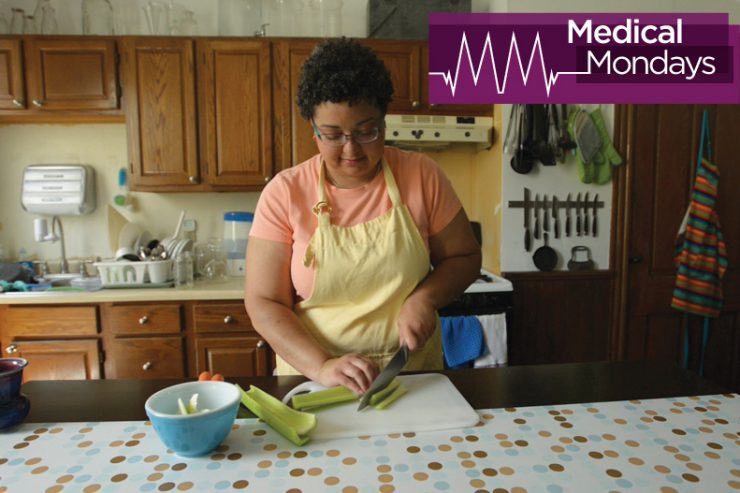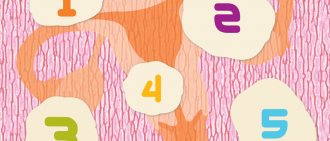Uterine fibroids are non-cancerous growths in the wall of the uterus. Many of the symptoms often go unnoticed or ignored, making awareness essential to proper management. Here you will learn about:
- The symptoms, risks, and causes of fibroids
- Causes of painful menstrual cramps and when you should contact your doctor
- Treatment options for fibroids
- Fibroids and pregnancy
- Risks and complications associated with fibroids
For more information on uterine fibroids, please contact the Magee Fibroid Treatment Center at 412-641-4435.
-
Fibroid Treatment Centers
As many as three out of every four women have uterine fibroid tumors (UFTs), but the majority never even know it. For women like Robin, these non-cancerous growths in the wall of the uterus can literally take over their lives. Robin’s treatment of choice was a uterine fibroid embolization, a minimally invasive procedure requiring little downtime. Read more to hear Robin’s full story.Learn More
-
Painful Menstrual Cramps: Fibroids or Something Worse?
Painful cramps are a hassle every month – but could they be a sign of a more serious condition? If your cramps can’t be controlled by a hot pad and over-the-counter painkillers, they could be pointing to conditions like fibroids, endometriosis, or ovarian cysts. Read more to learn more about these conditions and when you should visit your doctor.Learn More
-
Fibroid Treatment Options
As many as 60 percent of women in their 30s or older have uterine fibroids. Most don’t even know it. If the fibroids are small or you are nearing menopause, you don’t usually need treatment. About 25% of women do need treatment, which depends on size and location, as well as the severity of your symptoms. Read more to discover the treatment options for uterine fibroids.Learn More
-
Infographic: Five Facts about Fibroids
Most women with uterine fibroids don’t even realize it because many symptoms go unnoticed or ignored. Misinformation about heavy periods, bleeding between periods, or pain during sex leads to confusion surrounding the condition. Read more to discover five facts about fibroids you need to know.Learn More
-
Risks of Fibroids During Pregnancy
A lot of women of childbearing age have uterine fibroids. Many don’t even know it until they get pregnant. Most women don’t have any symptoms, but in some cases, fibroids can complicate pregnancy. Find out the risks of becoming pregnant with fibroids or the risks they pose during your pregnancy.Learn More
-
Know the Symptoms and Risks of Uterine Fibroids
40 to 60 percent of women have uterine fibroids and don’t even realize it. These growths are almost always benign and do not increase your risk of cancer. For most women, they are small and don’t cause symptoms. Read more to find the signs and risks associated with uterine fibroids.Learn More






